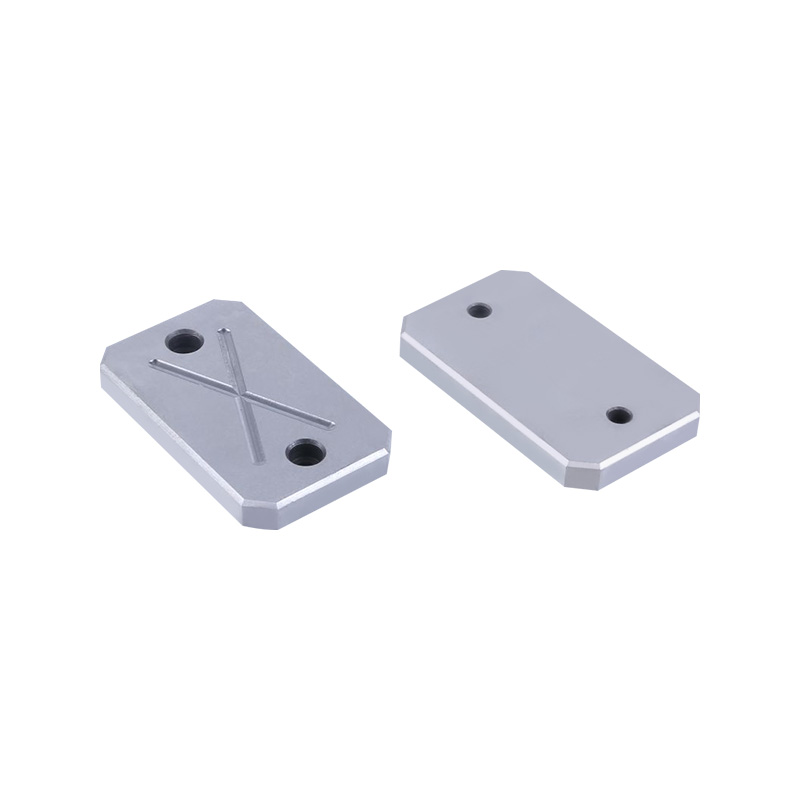Email: [email protected]
Tool steel vs carbide, how to choose mold wear block according to mold type?
In precision manufacturing, wear resistance is not a luxury — it is a requirement. Nowhere is this more apparent than in mold-based production, where the Mold Wear Block plays a critical role in ensuring dimensional accuracy and service life. The material you select for your Mold Wear Block could mean the difference between consistent output and frequent downtime. For applications, this decision boils down to two options: tool steel or carbide.
The Mold Wear Block serves as a safeguard against abrasive forces inside the mold cavity, especially in high-pressure or high-cycle environments. As molds open and close, or as material is injected or pressed, localized wear occurs at stress concentration points. This is precisely where a properly selected Mold Wear Block comes into play.
Tool steel has long been the default choice for Mold Wear Block applications. Known for its toughness and machinability, tool steel is well-suited for mold environments that require a balance of strength and ease of maintenance. Particularly in large-scale or modular mold designs, where wear block replacement needs to be straightforward, tool steel offers practical benefits.
However, not all mold types are created equal. As production demands shift toward higher output and tighter tolerances, carbide emerges as a serious contender. A Mold Wear Block made from carbide offers significantly enhanced hardness, making it an ideal solution for molds subjected to high wear frequencies, abrasive materials, or micro-scale tolerances.

The key is understanding the mold's function and cycle characteristics. For example, if a mold is used for short runs, or processes softer materials like plastics or rubbers, a tool steel Mold Wear Block can offer more than enough performance while keeping replacement costs manageable. In these cases, machinability and moderate toughness outweigh the need for hardness.
On the other hand, molds that handle fiberglass-reinforced polymers, powders, or metallic particles demand a more durable solution. This is where the carbide Mold Wear Block shows its value. Its wear resistance allows it to maintain geometry over longer cycles, especially in high-speed injection molds or metal injection molding systems.
Another factor to consider is the complexity of the wear zone. If the Mold Wear Block has intricate geometries, carbide may present a challenge due to its brittleness during machining. Tool steel, by contrast, can be milled or EDM’d with less risk of fracture. However, if precision grinding is an option post-heat treatment, carbide can still be a viable solution.
Thermal performance also plays a role. In molds exposed to elevated temperatures, a carbide Mold Wear Block resists softening far better than standard grades of tool steel. This makes it suitable for die casting or high-heat transfer applications where dimensional integrity is vital.
Cost, of course, remains a practical constraint. A carbide Mold Wear Block typically costs more upfront than its tool steel counterpart. But when factored against replacement frequency, production downtime, and rejected parts due to wear-induced tolerances, the return on investment often justifies the initial expense.
Hybrid solutions are also growing in popularity. Some mold makers opt to use tool steel for the base Mold Wear Block and apply a carbide insert at the high-impact zone. This configuration allows manufacturers to benefit from both materials — tool steel's strength and ease of handling, paired with carbide’s resilience at the critical point.
Ultimately, the right choice of Mold Wear Block material depends not on which is universally better, but on which suits your mold’s operating environment. Understanding the abrasion profile, expected cycle count, and precision requirements of your mold will guide the decision.
The Mold Wear Block is not merely a replaceable insert — it is a key contributor to mold longevity and output quality. Whether you choose tool steel, carbide, or a combination of both, what matters is aligning the material with the performance expectations of the mold. By doing so, you ensure consistency, reduce maintenance, and protect your manufacturing investment for the long term.
Get in touch
Related recommendations
